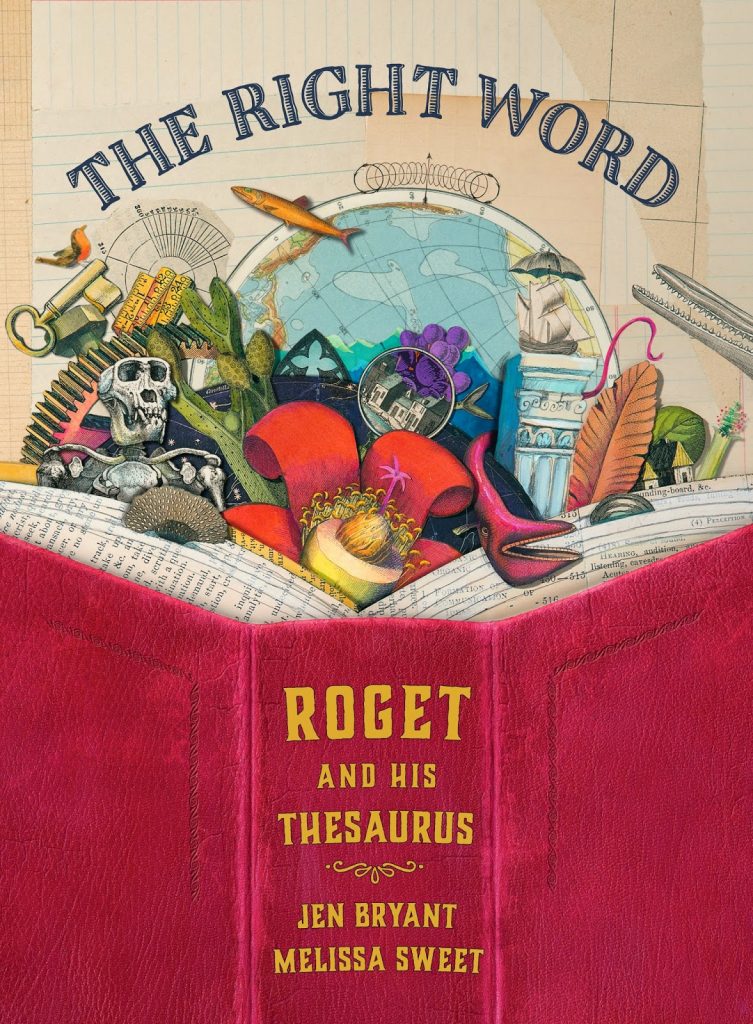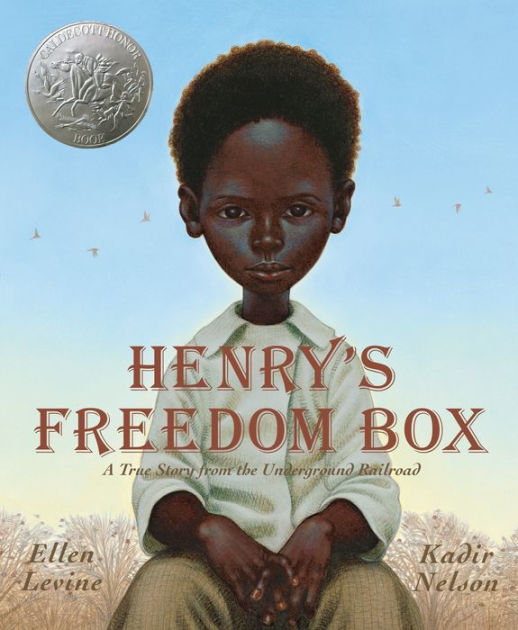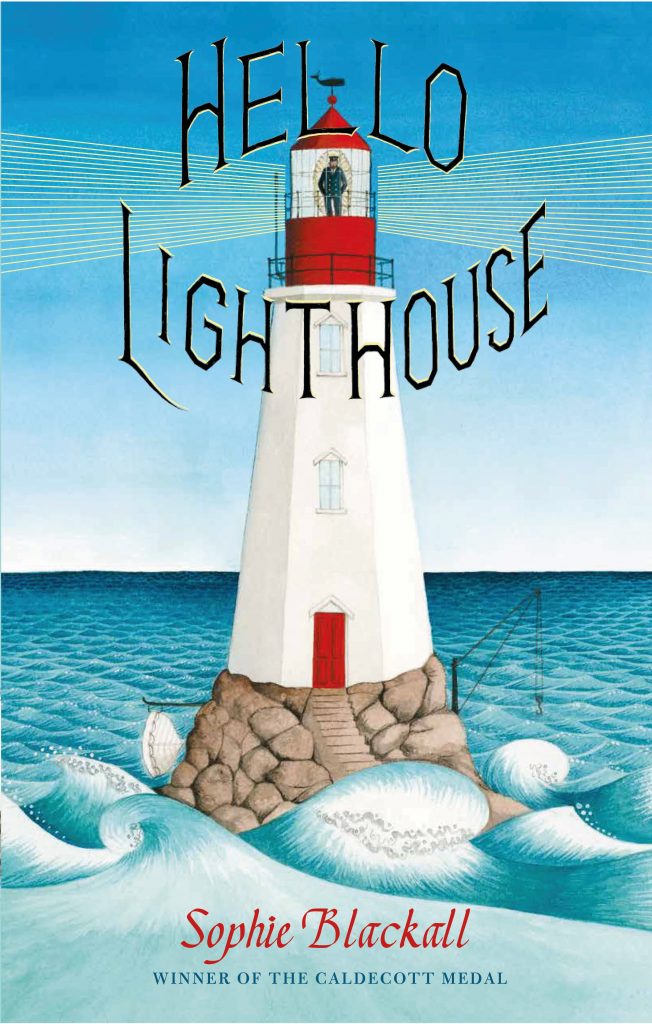
BIBLIOGRAPHY
Bryant, Jen, and Melissa Sweet (illustrator). The Right Word: Roget and His Thesaurus. Grand Rapids, MI: Erdman’s Books for Young Readers, 2014. ISBN 9780802853851
PLOT SUMMARY
Peter Roget (pronounced “Roh-zhay”) loved making lists. At the age of 8, he began his first, listing the Latin names of beasts next to their English counterparts. As he grew older, Peter became more and more enamored with lists and especially with lists of synonymous words. Even as he studied, traveled, became a doctor, got married, started a family, and dabbled in science, Peter continued growing his book of synonyms. Finally, after several other men had attempted to create thesauruses but with mixed results, Roget’s children convinced him to publish the thesaurus he’d been creating for years. His was the best, they assured. The people who read Roget’s thesaurus thought his was the best too! It became an instant hit. Even today, more than 150 years after Roget’s thesaurus was first published, it has never gone out of print. The Right Word includes a short timeline of Peter Roget’s life and other concurrent world events, a selected bibliography, suggested books for further reading, sources, a complete list of the 1,000 words found in Roget’s thesaurus, an author’s note, and an illustrator’s note.
CRITICAL ANALYSIS
The Right Word is one of those rare books with incredible dedication to detail and historical accuracy. Each page reveals careful study on the part of both author and illustrator. For example, readers learn that at age 8, Roget began writing his first “book”—a list of Latin words he’d learned from his English tutor. What makes this seemingly normal piece of information so incredible is that Melissa Sweet uses the illustrations to deepen the reader’s understanding of Roget’s list. To accompany the story about 8-year-old Roget, readers see an illustration of the actual words Roget printed in his book, a list of Latin beasts and their English counterparts—leo for lion, ursus for bear. In this and every other illustration, the lists of words that Melissa Sweet draws come straight from Roget’s notebooks and his 1852 thesaurus. Her design not only complements the text, but it often gives readers further understanding about the subject.
While the illustrations are notably researched, they might prove problematic to readers who find Sweet’s signature collages (colorful organized chaos) visually overstimulating. For example, Sweet draws columns of lists describing the four elements, the weather (in Latin and English), shapes, triangles, things that are green (in Latin and English), and things that fly, all on just one motley page spread of browns, whites, greens, reds, and blues ripped from pages of many-textured papers, some clipped onto the page, some pasted helter-skelter. With so much clutter, readers may be derailed from the main text of the story.
But while the illustrations sometimes outshine the text they’re meant to complement, it’s never due to poor writing. Jen Bryant has a knack for creating sentences that use just the right words to keep readers interested. The book begins, “Baby Annette slept in Mother’s arms, a small pink blossom against a wall of black.” The first sentence creates immediate interest with its unique metaphor—a baby isn’t a blossom but she could certainly look like one! Bryant never stops constructing these wholly original sentences. Roget’s idea for a thesaurus is carried “like a secret treasure,” and to describe the popularity of Roget’s thesaurus, Bryant writes, “People snatched it from the shelves like a new kind of candy,” a simile that will certainly strike a chord with its young, confectionery-loving audience.
The story’s reference aids are impressive too. Most notably, the timeline of principal events both in Roget’s life the world at large gives readers a better sense of the time period Roget inhabited. During Roget’s lifetime, he saw the end of the American Revolution ended and, only eighty years later, the beginning of the American Civil War. Young researchers will also learn that the term “scientist” wasn’t coined until Roget was almost 50!
One of the characters in The Right Word declares that Roget’s thesaurus is “a marvel, a wonder, a surprise!” But The Right Word itself, an incredibly crafted informational picture book, certainly deserves the same praise. This book is a must-buy for every library.
AWARDS AND REVIEW EXCERPTS
Robert F. Sibert Informational Picture Book Award Winner, 2015
Randolph Caldecott Honor Book, 2015
Orbis Pictus Honor Book, 2015
Golden Kite Award Winner, 2015
Kirkus Prize Finalist, 2014
From Booklist: “In brilliant pages teeming with enthusiasm for language and learning, Bryant and Sweet (A Splash of Red, 2013) joyfully celebrate curiosity, the love of knowledge, and the power of words.”
From Kirkus: “Bryant’s prose is bright and well-tuned for young readers. She goes gently, omitting Roget’s darkest traumas, such as witnessing his uncle’s suicide. Sweet tops herself—again!—visually reflecting Roget’s wide range as a thinker and product of the Enlightenment. . . . In a word: marvelous!”
From Publishers Weekly: “Together with Bryant’s sympathetic account, Sweet’s gentle riot of images and words humanizes the man behind this ubiquitous reference work and demystifies the thesaurus itself.”
CONNECTIONS
- After reading The Right Word, play a synonym game with middle-graders. Split children into groups and then say a word (like “big”), giving the groups one minute to write down as many synonyms as they can for the word (like “humongous,” “gigantic,” “ginormous,” “huge,” etc.). Then share the words each group has come up with, and repeat the exercise.
- Read The Right Word with another 2015 Sibert Honor picture books, such as the following:
- Roy, Katherine. Neighborhood Sharks: Hunting with the Great Whites of California’s Farallon Islands. ISBN 9781596438743
- Tonatiuh, Duncan. Separate Is Never Equal: Sylvia Mendez & Her Family’s Fight for Desegregation. ISBN 9781419710544
- Powell, Patricia H., and Christian Robinson (illustrator). Josephine: The Dazzling Life of Josephine Baker. ISBN 9781452103143
- As a creative writing prompt, ask children to write their own unique list of things like Peter Roget did in The Right Word, and pull out art supplies for children to decorate their lists. Hang them up when they’re finished.
- Read The Right Word. Then read a bio of the illustrator, Melissa Sweet, and set out some of the other nonfiction books she’s illustrated, such as the following:
- Sweet, Melissa. Some Writer!: The Story of E.B. White. ISBN 9780544319592
- Sweet, Melissa. Balloons Over Broadway: The True Story of the Puppeteer of Macy’s Parade. ISBN 9780547199450
- Markel, Michelle, and Melissa Sweet (illustrator). Brave Girl: Clara and the Shirtwaist Makers’ Strike of 1909. ISBN 9780061804427
*Note—This book review was created as an assignment for a course at Texas Woman’s University.

